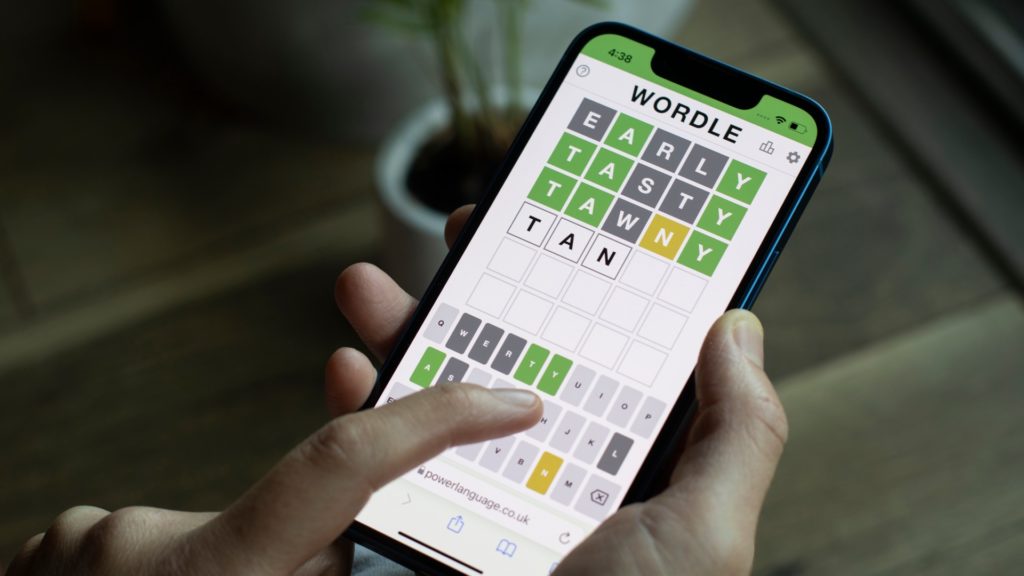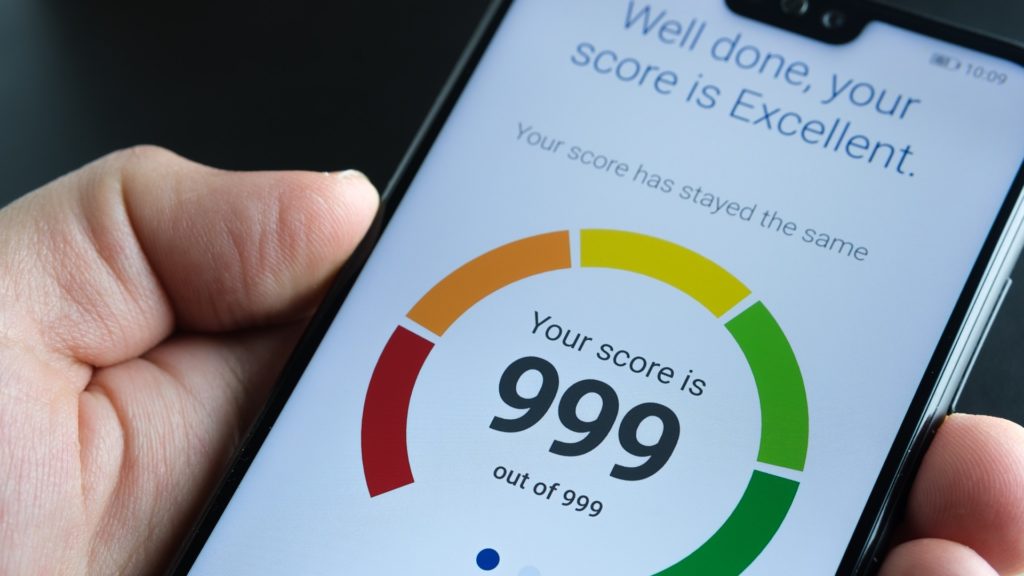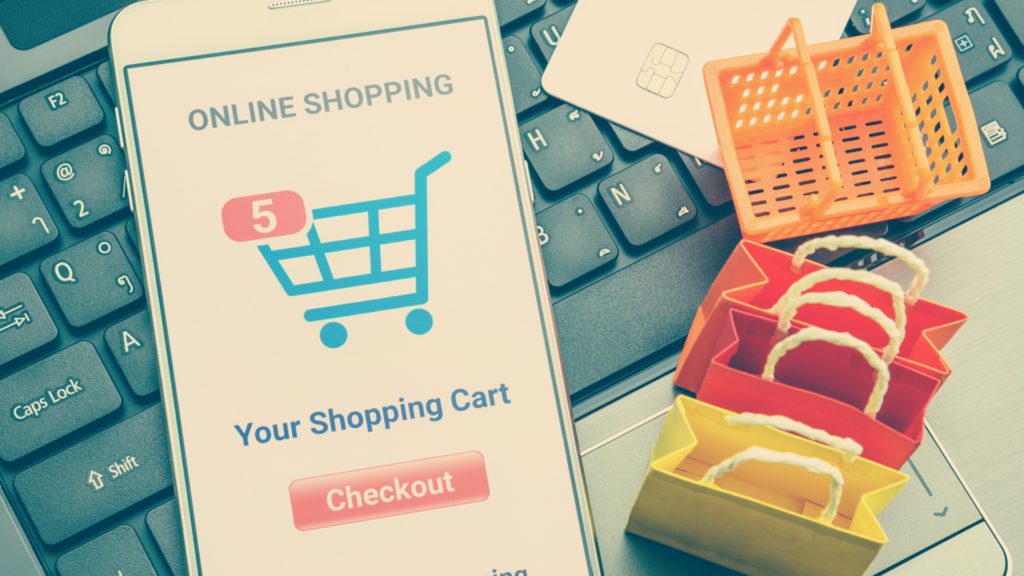
Growth marketing relies, in part, on recycling outputs into new inputs through the use of growth loops. For many products, that means driving acquisition by encouraging existing users to invite friends, family, or co-workers to use the product too. By creating habits, you promote both user retention and new user acquisition by ensuring they are returning regularly and are more likely to recommend the product to others.
The ideas found in this article have been popularized by the brilliant folks over at Reforge. If you’re looking for a cohort-based solution, developed by top leaders in tech, to unlock your company’s growth potential — look no further than Reforge. If you’re looking for an agency partner to do the heavy lifting for you – get in touch to schedule your free Product Growth Strategy Meeting today!
What Are Habits and How Do They Work to Grow Your Product?

In this context, a habit occurs when a person regularly uses a product, making it a recurring and important part of that person’s life. You can encourage habits in almost any type of product.
Consider the digital game Wordle, for example. In November 2021, the game had around 90 daily players. By early 2022, it had more than 2 million daily players. The game creator achieved this impressive growth — and ultimately caught the eye of the New York Times, which purchased Wordle — with pure growth loop marketing. And he did it by creating a contagious habit.
You can only play Wordle once a day. No notifications remind you to play it, but millions of people have developed the habit in part due to social media. Once you win the Wordle for the day, you can easily share your success to social media via a graph of blocks that shows how many tries you took to find the word.
Seeing those blocks being shared pique the interest of other users, driving more people to Wordle. It also reminds existing users to take up the daily challenge. While the actual length of time is often debated, on average, it takes about two months of doing a thing for it to become an automatic habit. At this point, Wordle has been around long enough that people are playing the game daily automatically.
It’s a concept that can be incorporated into growth marketing for any product. Half of all Americans check their email before they even have breakfast, for example. People check their social media accounts multiple times a day, pop in regularly to play a few minutes on an idle mobile game, or log into their digital financial accounts every evening to check balances. These are all habits fostered by those products, which in turn encourage new users and keep existing users engaged.
Triggers Are Essential to Building Habits

As an example, Wordle is certainly an outlier. Not all products can rely on organic and seemingly accidental viral growth. Most products must do the work to define triggers that resonate with their audiences and understand how to implement them to build habits.
The first step in doing this is understanding the Hook Model espoused by Nir Eyal:
- Internal trigger. Every action starts with a person’s internal trigger. What do they want and how can that relate to your product? For example, a business owner may want a better way to communicate with remote staff.
- External trigger. The external trigger is what gets the person to the product. In the example above, perhaps the business owner is invited to collaborate on a monday.com board with a vendor. They start to see the value of the product and how it might help them manage and communicate with remote teams.
- Action. Think about the simplest behavior someone can take in anticipation of a reward. In the case above, perhaps the person can sign up for a free trial of the monday.com product.
- Variable reward. You present a reward that fulfills the immediate desire but leaves the person wanting more. A free trial, for example, whets the person’s appetite for full functionality or ongoing service.
- Investment. What can you do to increase the chances of a full conversion or the person returning? In the case of the monday.com example, the free trial might kick off an email drip campaign that provides education about what else you can do with the product and a reminder to sign up for the full service.
This is just the first step in building habits for this user. Once they sign up for the product, the goal is to have users create a habit around the product. If the product is ingrained in their daily personal or work life, they are more likely to continue to use it and invite others to do so as well.
In the case of the monday.com example, habit-forming triggers might include:
- Emails related to automated processes or deadlines on tasks
- Emails when someone has updated an item or left a comment on a board
- Mobile or desktop notifications in similar cases
Triggers Must Be Motivational In Nature

It’s not enough to create triggers to encourage habits in your users. You must consider how the triggers will motivate people to create those habits. In short, the external triggers must align with the internal triggers.
Wordle’s social media shares triggered people to play the game because they had an internal desire for a brief break, moment of entertainment or to demonstrate their prowess with words by beating their friend’s performance on the game.
Notifications from a task management app such as monday.com align with intrinsic desires to be organized, get things done or demonstrate to coworkers that you’re doing your job. Notifications from social media apps create habits because they’re tightly tied to internal desires to make connections with others or keep up on news in a social circle.
To best create habits associated with your product, think about what your target audience needs or desires. Consider how your product provides those solutions and how you can create triggers that suggest those features at the right time, such as using mobile advertising IDs.
Creating Triggers With Intrinsic Value

One way you can do this is by building value into the triggers themselves. Credit-monitoring products, such as those from Experian or Credit Karma, do a great job at this.
When people sign up for these products, they can opt-in to notifications. The product then sends periodic — sometimes daily — notifications related to a person’s credit score, credit report or personal information. Notifications might include information such as:
- A new line of credit has been added to your report.
- Your credit score has gone up 20 points.
- Your information was found in a data breach.
All of this information is, in itself, valuable. It’s all helpful to know for someone interested in monitoring their credit and financial information. But these products go beyond this helpful info to build a habit: They always invite the user to log into the app or account to learn more.
What new account was added? Why did the score go up? What information is at risk? These are things people want to know, and so they follow through by using the app. Eventually, checking the app regularly becomes a habit, which means the person might feel financially naked without the subscription that lets them do just that. You can see how internal motivations, triggers and habits create a solid user base for these types of products.
Encourage Habits for New and Existing Users

You can use habits to drive both user acquisition and user retention strategies. Create habits to convert freemium users to premium. Invest in habit formation to drive free trial users to buy your product. Or re-engage former users by introducing new options for habits that may be of more interest to them. In most, if not all scenarios, building contagious habits within your products will help grow your product.